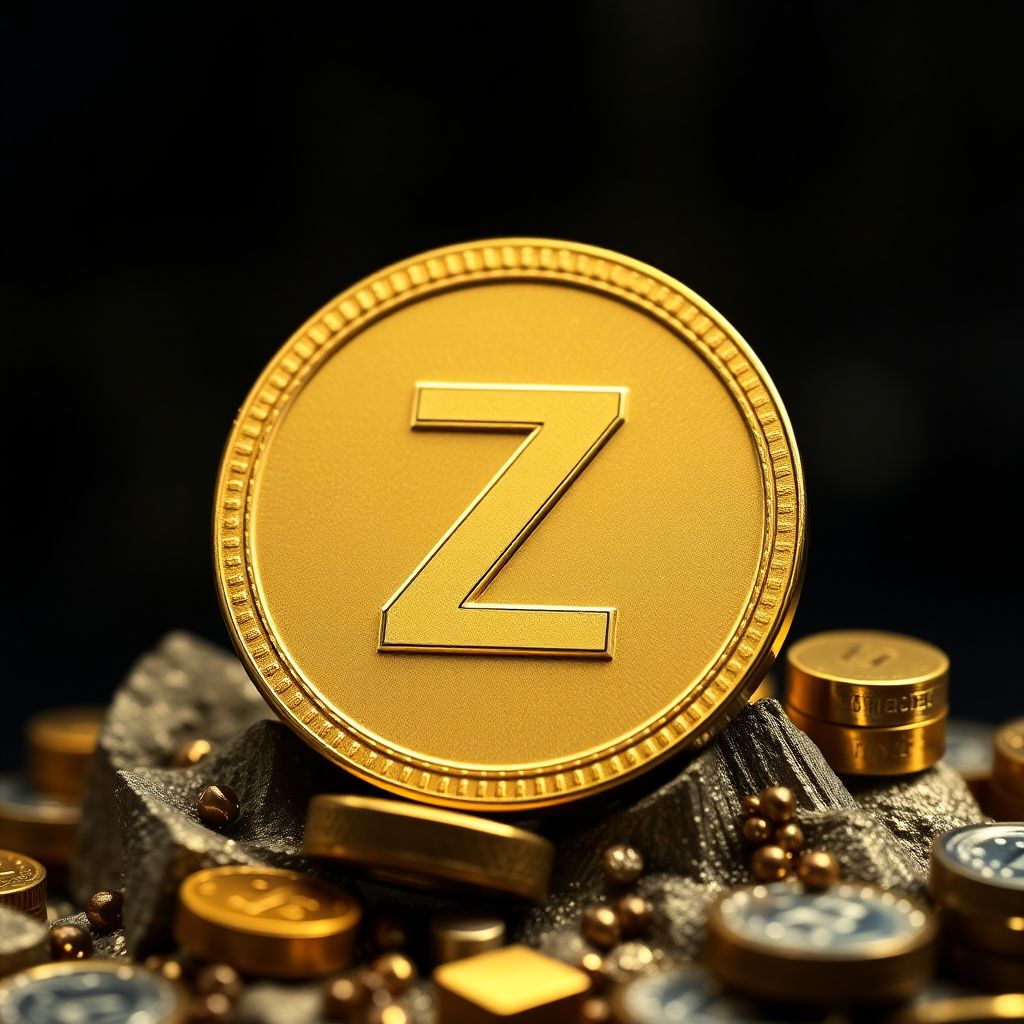Zcash (ZEC), a cryptocurrency long associated with privacy and anonymity, has experienced a dramatic resurgence, registering a 266% increase in Q4 2025 and an overall gain of 488% since late September. This meteoric rise has reignited interest in privacy-centric digital assets, especially as global scrutiny over financial transactions grows.
At the heart of this revival lies a renewed appreciation for zero-knowledge proofs (ZKPs), a cryptographic technique Zcash has employed since its inception in October 2016. ZKPs allow transaction data to be verified without exposing the underlying information, preserving user anonymity—something Bitcoin was never designed to fully achieve.
The rally in ZEC gained further momentum when a prominent developer drew connections between Zcash’s core technology and early Bitcoin ideologies. According to Mert from Helius, a well-known contributor in the crypto space, Satoshi Nakamoto—the pseudonymous creator of Bitcoin—had once acknowledged that if zero-knowledge proofs became practical, they could significantly enhance Bitcoin’s privacy. This sentiment was echoed by Naval Ravikant, who emphasized that Zcash embodies the concept of “encrypted and unstoppable cash,” aligning with the original vision of decentralized, censorship-resistant money.
ZEC’s surge has not gone unnoticed by traders and investors. Technical analysis reveals that the token recently tested the psychological barrier of $300, peaking at $304 before encountering resistance. Although it briefly retreated, the price remains within a bullish range between $190 and $292. If ZEC breaks past the $305 mark, the next significant resistance level lies around $350, opening the door for further gains.
Several indicators support the strength of this uptrend. The Chaikin Money Flow (CMF) remained above +0.05, signaling sustained buying pressure, while the Money Flow Index (MFI) showed a cooling of momentum after entering the overbought zone—suggesting a potential consolidation before the next leg up. Swing traders are closely watching for a breakout above the $290–$305 resistance zone, while long-term investors focused on privacy might consider entering earlier, driven by conviction rather than technical signals.
One of the most telling signs of Zcash’s comeback is the dramatic increase in the number of shielded tokens. According to ZEC metrics platform zkp.baby, the number of shielded ZEC coins rose from 3.82 million on October 8 to 4.864 million by the end of the month. This represents nearly 30% of the total coin supply now operating in private, anonymous pools—a testament to growing demand for on-chain privacy.
The process of shielding in Zcash involves moving funds from transparent to shielded addresses, effectively masking transaction details from public view. This is made possible through advanced cryptographic techniques that verify transactions without revealing any personal or financial data—reinforcing ZEC’s reputation as a true privacy coin.
The surge in ZEC’s price has also been matched by heightened activity in the derivatives market. Data from Coinalyze shows that ZEC’s open interest (OI) skyrocketed from $29 million at the beginning of October to $244 million—a staggering 16% increase in just 24 hours at the time of reporting. This indicates rising speculative interest and growing liquidity in the market.
Zcash’s rally is not occurring in isolation. Other privacy-focused cryptocurrencies like Dash have also seen substantial gains—Dash, for instance, climbed 99% in October—suggesting a broader revival of interest in privacy coins. This trend may be fueled by increasing concerns over financial surveillance, regulatory overreach, and central bank digital currencies (CBDCs), which have raised questions about user privacy and transaction traceability.
The renewed attention on ZEC could also be driven by a shift in investor sentiment. As macroeconomic uncertainty and regulatory crackdowns intensify, many crypto users are returning to foundational principles—decentralization, censorship resistance, and privacy. In this context, Zcash stands out as a project that never deviated from its original mission.
Another key factor contributing to ZEC’s momentum is its active development community and continued technical innovation. The Zcash team has consistently improved the protocol, including recent upgrades to scalability and transaction efficiency. Future enhancements may include integration with Layer-2 solutions or support for programmable privacy features, which could further boost adoption.
Institutional interest in privacy protocols, though still cautious, is also quietly growing. As data protection laws like GDPR and CCPA gain traction, companies dealing with sensitive user information may explore blockchain solutions that offer compliance-friendly anonymity. Zcash, with its robust privacy layer, could be well-positioned to serve such use cases.
Looking ahead, ZEC’s trajectory will likely hinge on both technical resistance levels and broader market sentiment. A clear break above the $305 resistance could trigger another leg up, especially if Bitcoin continues its own upward trend. However, investors should remain aware that privacy coins often face regulatory hurdles, which can lead to sudden volatility or exchange delistings.
Despite these risks, the recent performance of Zcash underscores a powerful narrative: privacy is not dead—it’s evolving. In a world where financial transactions are increasingly tracked and analyzed, cryptocurrencies like ZEC serve as a reminder of the original promise of crypto—to enable financial freedom and individual sovereignty.
In conclusion, Zcash’s recent performance is more than just a speculative rally. It’s a reflection of the market’s renewed interest in privacy, the enduring relevance of zero-knowledge cryptography, and a philosophical return to the principles that gave birth to the crypto movement. Whether ZEC can sustain this momentum remains to be seen, but for now, it has firmly re-established itself as a leader in the privacy coin sector.

